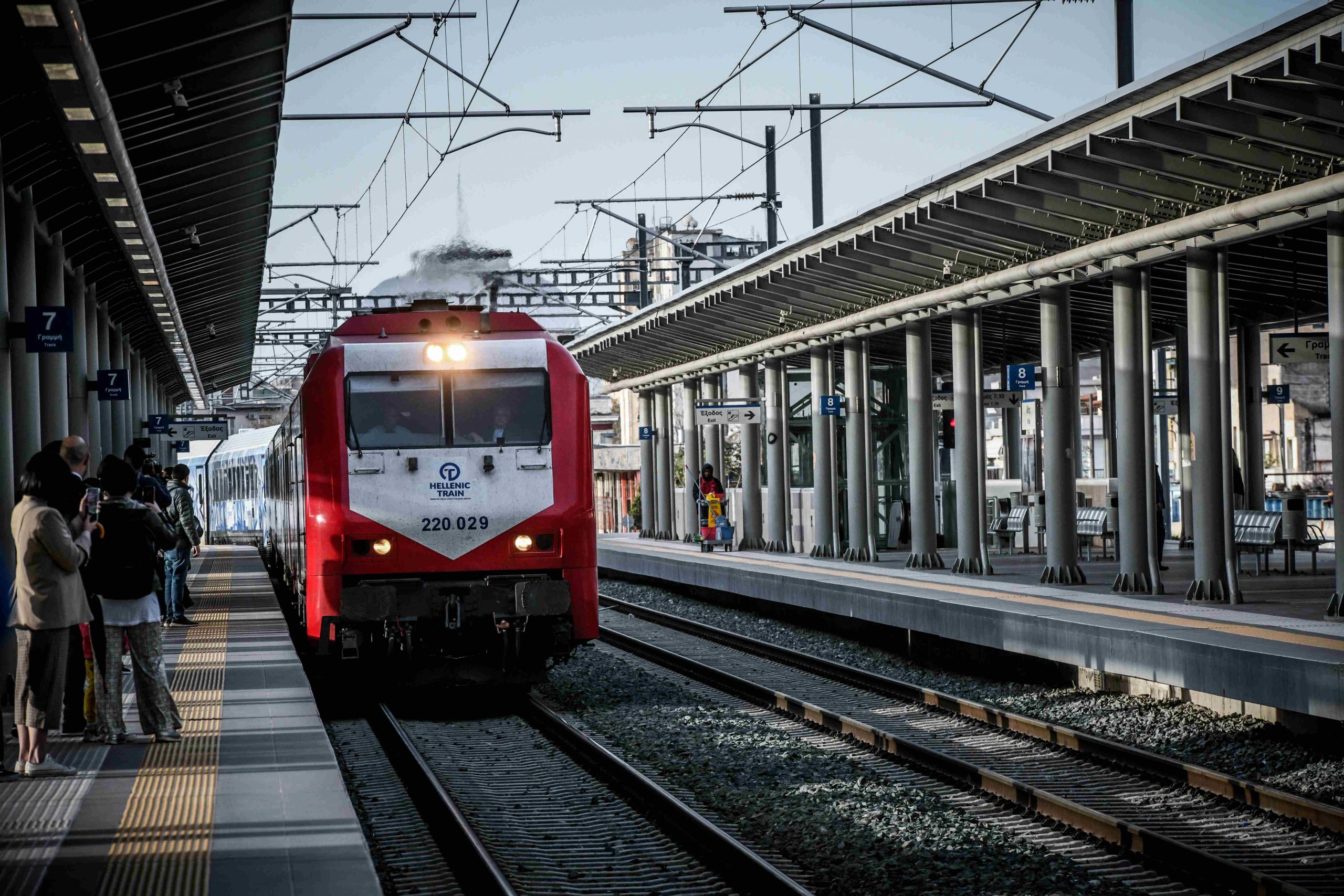Greece’s battered and maligned rail system appears ready to resume partial operation in the coming days, first beginning with freight routes and followed by passenger traffic.
The railroad network in central Greece was destroyed in various stretches last September due to record-breaking rainfall and subsequent flooding – the storm front “Daniel” – in the Thessaly province and northern Fthiotida prefecture, in the south-central part of the country.
Months earlier, the deadliest rail accident in the country’s history took place with the collision of two trains running on the same track, just south of the Tempi Valley in north-central Greece. The accident claimed the lives of 104 people, shocking the nation, causing resignations of office-holders and even, by all accounts, pushing back a general election.
Although an initial investigation has pointed directly to human error, there was also failure to install and maintain digital and conventional back-up safety systems by the country’s state-run Hellenic Railways Organisation (OSE), which owns, maintains and operates all railway infrastructure in Greece. The situation is exacerbated, according to charges, by under-staffing and chronic mismanagement.
The first trains are expected to travel along the Larissa-Lianokladi stretch using the electric line, but only on one track and at reduced speeds. The remote monitoring system was destroyed by Daniel on this stretch of rail and has not been restored.
Looking into the near future, the relevant transport ministry and OSE are expected to implement permanent restoration works budgeted at a whopping 200 million euros, with funding coming through the Recovery and Resilience Fund.
A full restoration of the main north-south rail route in the country includes the two-way double rail line and the accompanying signaling and remote management systems – possibly in 2025.



